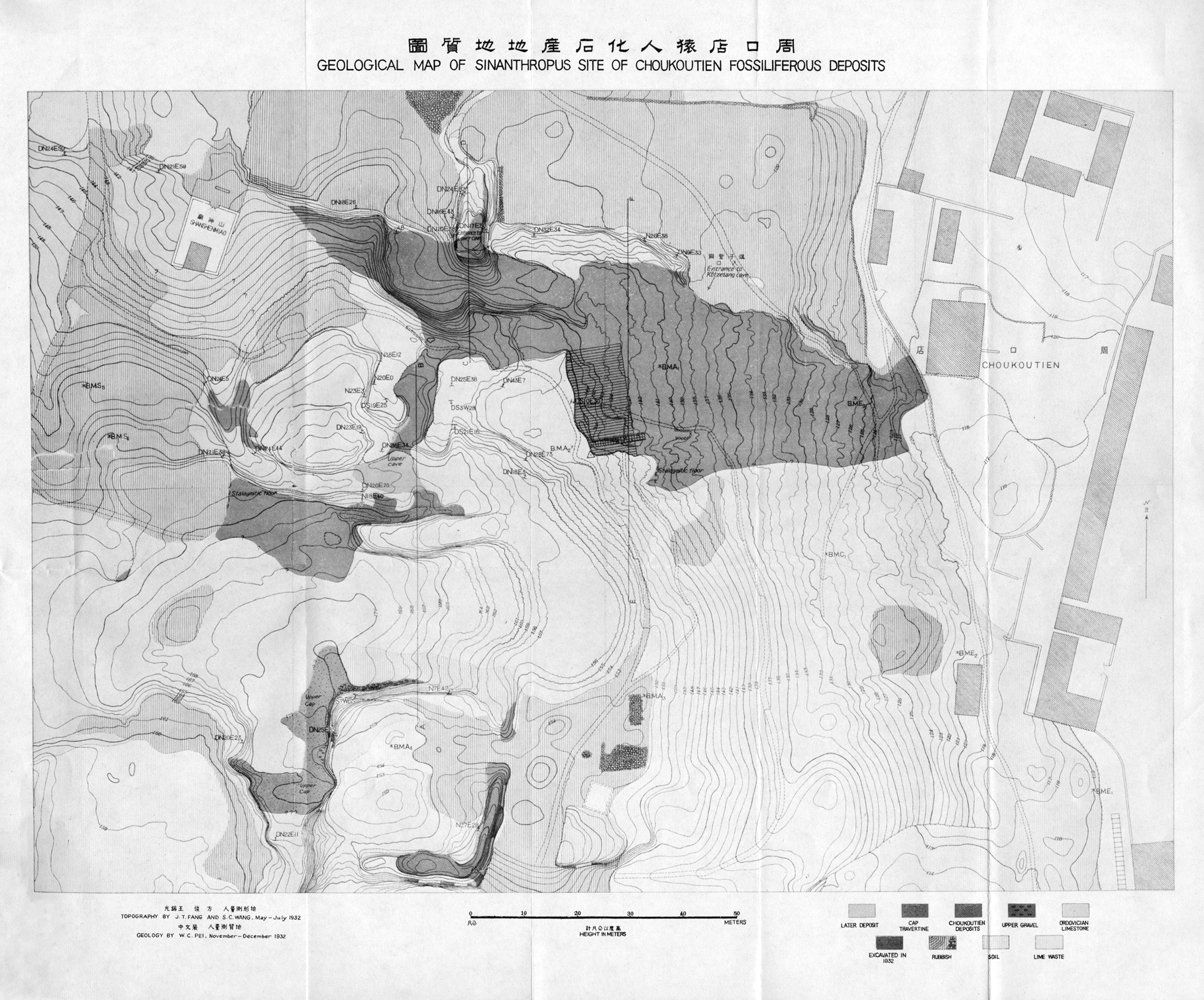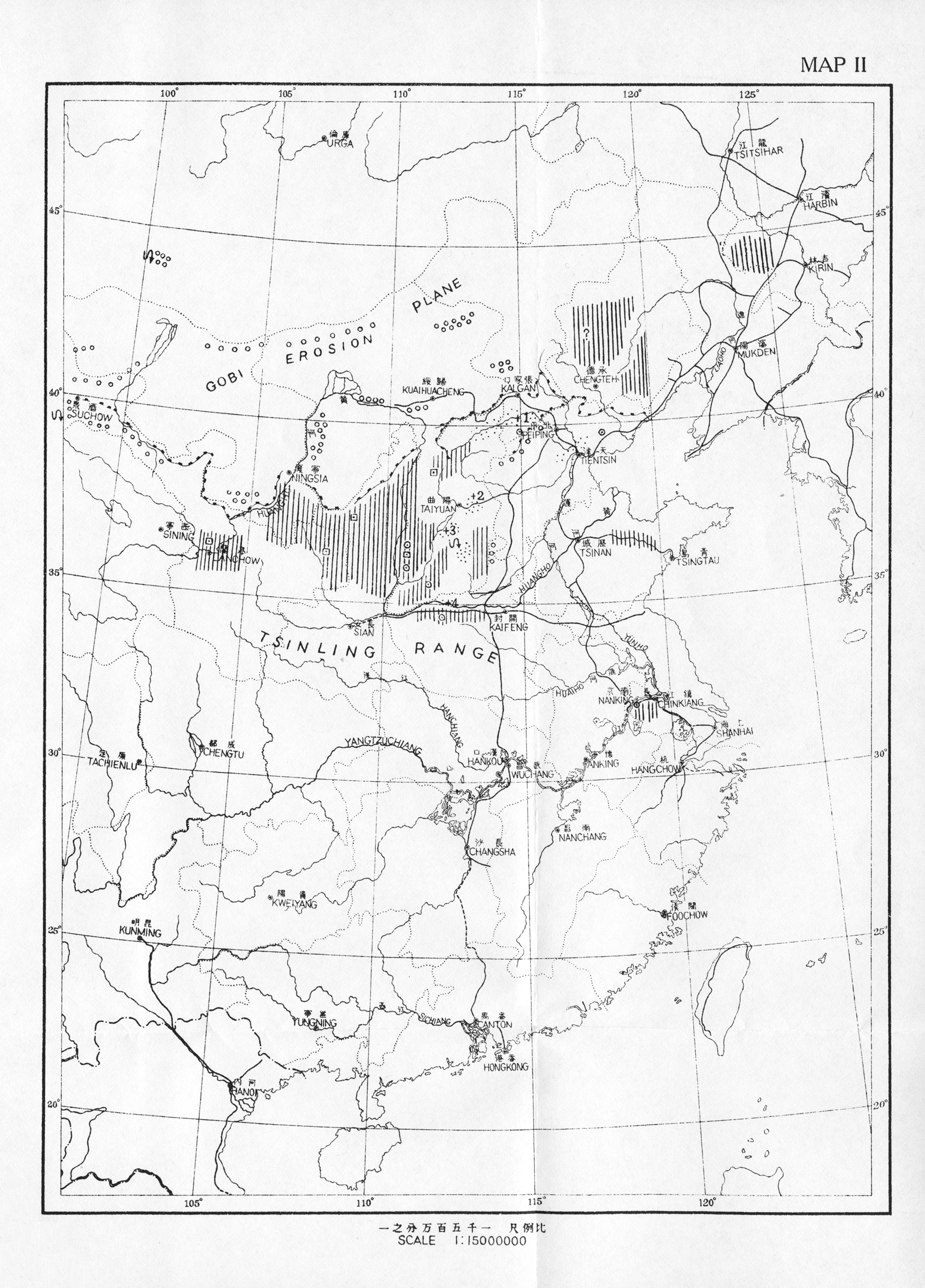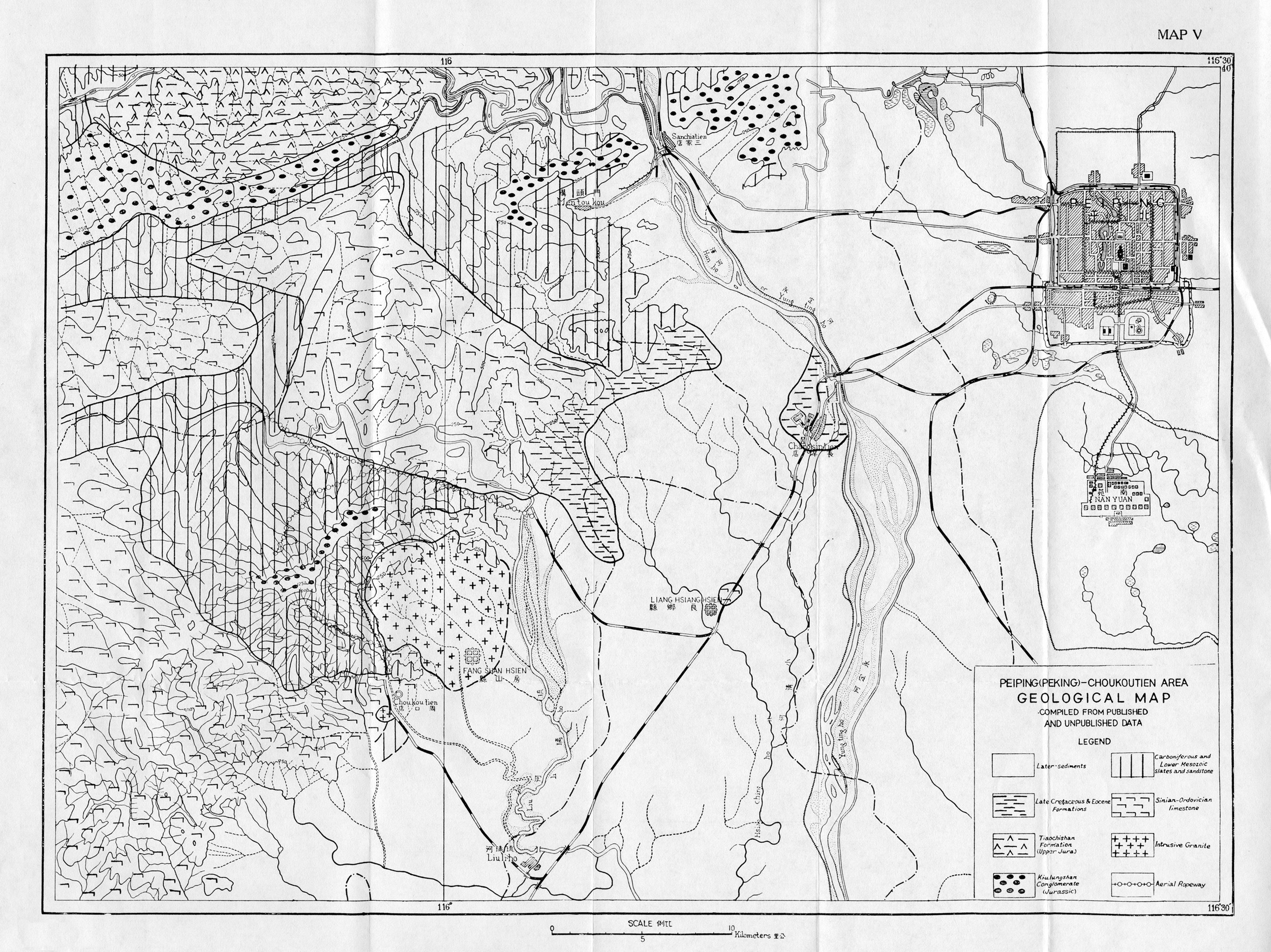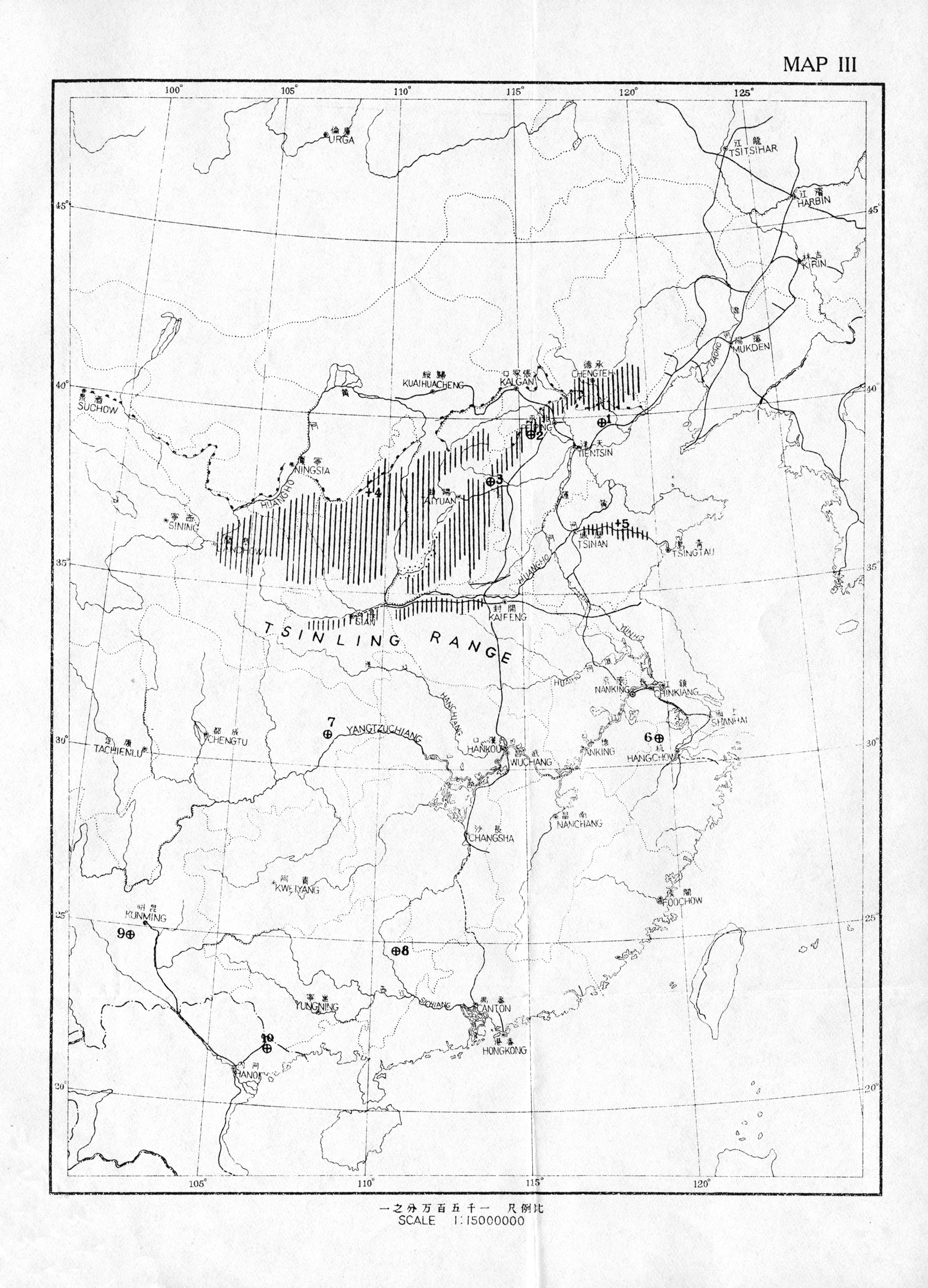The history of paleoanthropology and archaeology is full of beginnings – mostly beginnings and ideas that come through actual discoveries of tangible, physical objects. Consequently, in writing the history of material objects, there is a strong tradition, realized or not, to begin with the discovery of that object. History and anthropology ties the object (say, a fossil or an artifact) to a moment in time and it’s easy to use “discovery” to situate a narrative in a timeline of sorts.
Like most other learned or scientific subjects, archaeology had its traditional lore centering upon famous events and personalities in its history. Jacquetta Hawkes, 1964.
But focusing on “discovery” as the impetus for organizing history– or the structure of a narrative – is tricky. It can lead, as Jacquetta Hawkes pointed out, to the creation of a lore that surrounds the discovered object. In other words, telling the stories of an object’s discovery over and over cements a mythos about the object.
Discovery seems to be a comfortable trope and an easy beginning to talk about fossils. The history of paleoanthropology is deeply tied to the process and materiality of discovery – it’s difficult to imagine writing any history of paleoanthropology that doesn’t begin with a discovery of some sort.

















